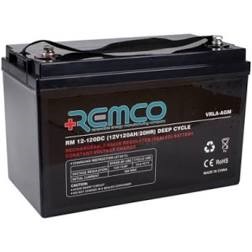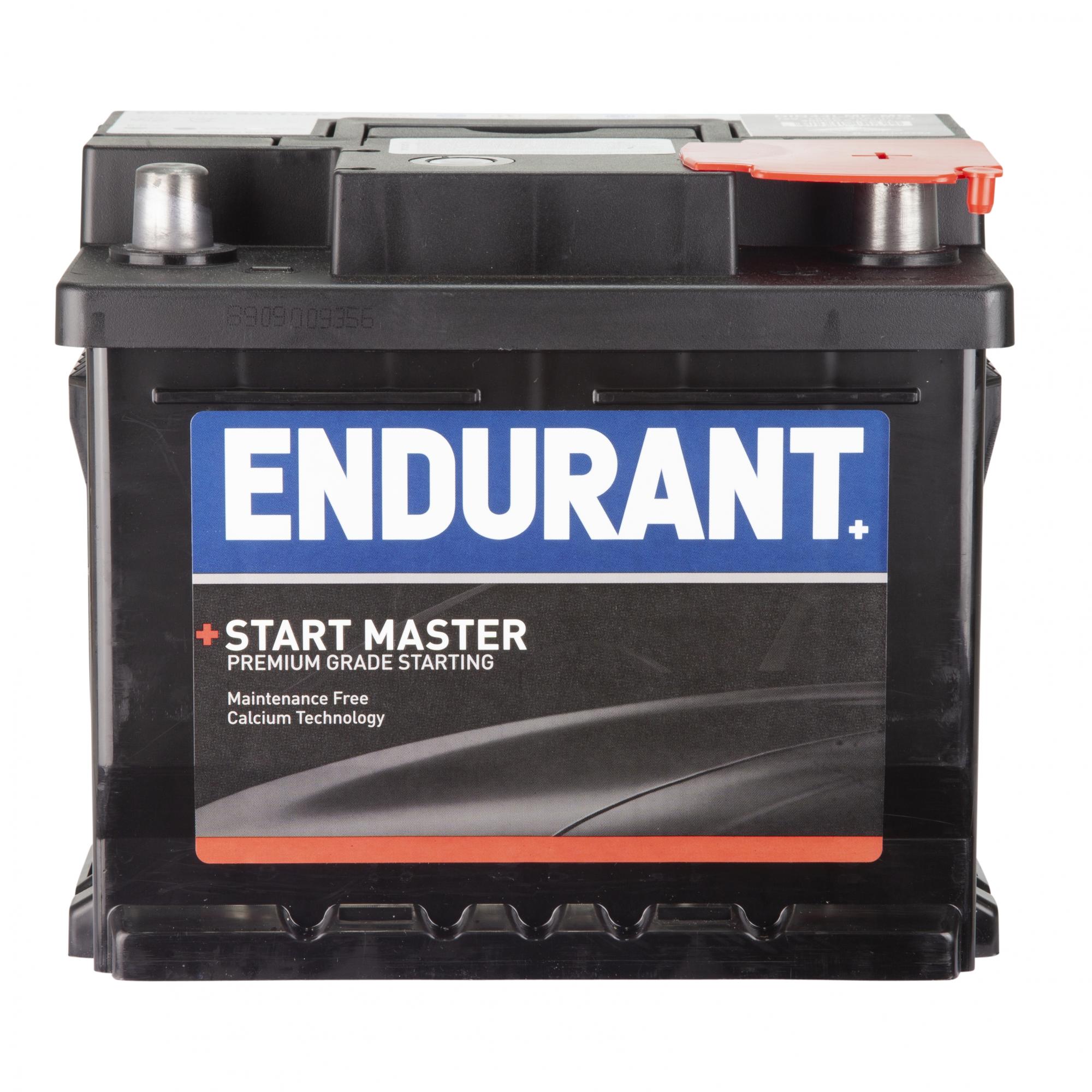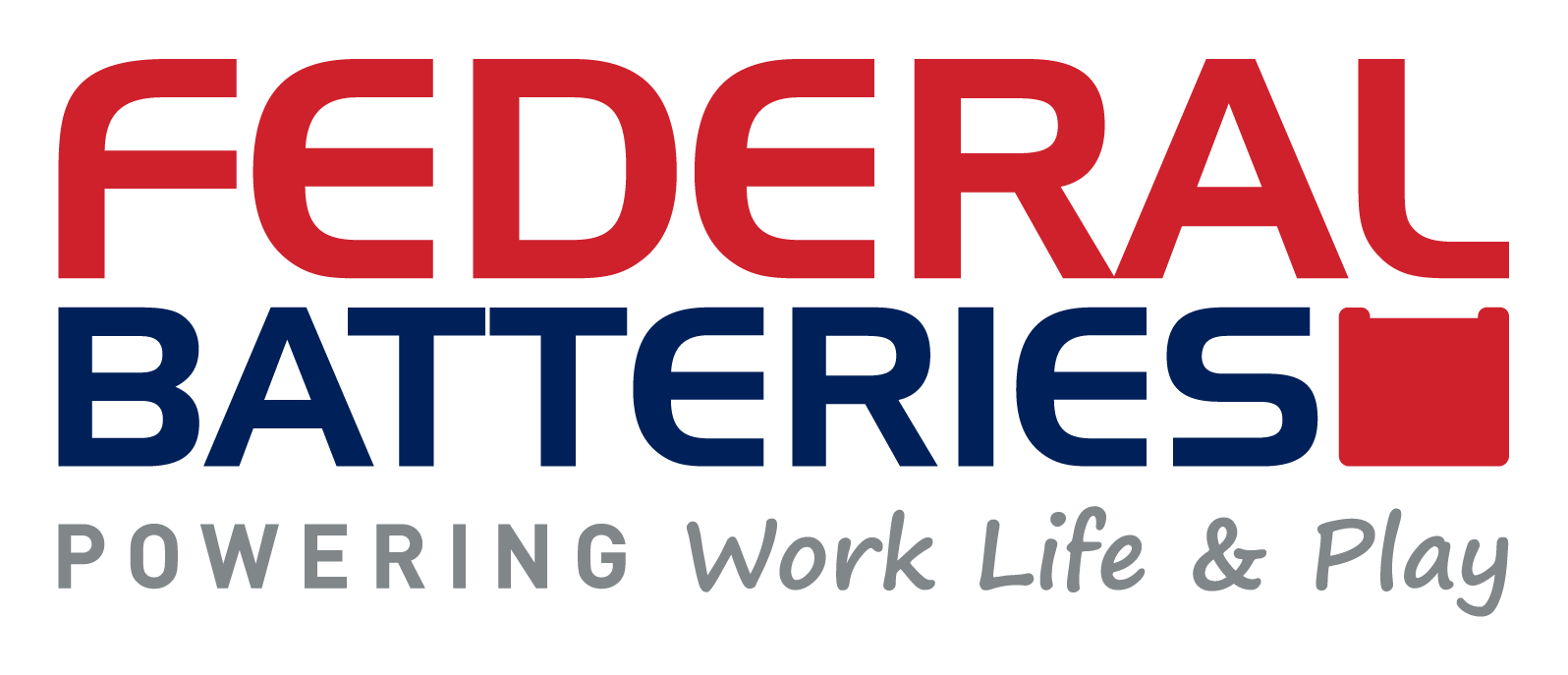Types of Lead Acid Batteries
Types of Lead Acid Batteries
There are many variations of lead acid batteries. Let’s clear up some of the confusion surrounding the main type and what their typical applications are.
Flooded Batteries are the most common type of Lead Acid battery and widely used in Automotive. They are called flooded because of the acid that is free flowing within the casing in which the battery plates are suspended. These batteries are still the most cost effective and least cost per Amp hour of any type.
Sealed Batteries
Commonly known as VRLA (Valve Regulated Lead Acid) or SLA (Sealed Lead Acid) Batteries.
PRO: regarded as the safest type to use as they don’t gas or spill.
ALERT! Be careful here as many automotive, maintenance free batteries are also called sealed. They have external vents and will leak fluid if tipped and will outgas when charged – rendering themselves useless.
The two main types: AGM and Gel.

AGM Batteries: Sealed, they can be charged faster than a flooded battery because of lower internal resistance.
PRO: Being sealed also means shipping is easier (and cheaper) and has installation flexibility. E.g., can be located inside a vehicle, as no gassing or leakage can occur.
AGM’s are manufactured to suit different applications, like starting, cycling or dual purpose.
Gel Batteries: Gels are the king of sealed deep cycle batteries.
They are ideal in applications where a constant current is required, i.e.: golf carts, mobility, caravans, RV’s, boats and solar systems.
PRO: They also handle extreme temperature, vibration, shock and over discharging better than any other Lead Acid battery. They really do ‘dominate’ the cyclic battery market
Deep Cycle: A deep-cycle battery is a lead-acid battery designed to be regularly deeply discharged using most of its capacity. These batteries contain fewer plates than their starting and cranking counterparts, but the plates are much thicker. This reduces the surface area exposed to the electrolyte, which reduces that amount of current available, but is capable of a much deeper state of charge.
Deep cycle batteries are available in both wet and sealed.

Cranking or Engine Starting: Sometimes referred to as SLI (starting, lighting and ignition) batteries. Because the total current output from a battery is determined by surface area, the cranking/starting batteries have more and thinner plates than a deep cycle. They are designed to provide a large burst of current for a short time. Just what we need for starting engines.
Starting batteries are rated in cranking amps, we often use cold cranking amps (CCA) as a measure of the batteries performance.
Hybrid: These are designed for both starting and cycling. Start-stop vehicle batteries are certainly Hybrid ones. Marine dual purpose batteries also fall into this category.
AGM’s are best suited to this application.
Standby: These batteries are generally sealed types and are designed for long float charging with maintaining UPS, alarm systems etc.. Most are AGM’s.
Become familiar will these different types of batteries (refer to the catalogue or website) to ensure your customers are getting the correct technology battery.










